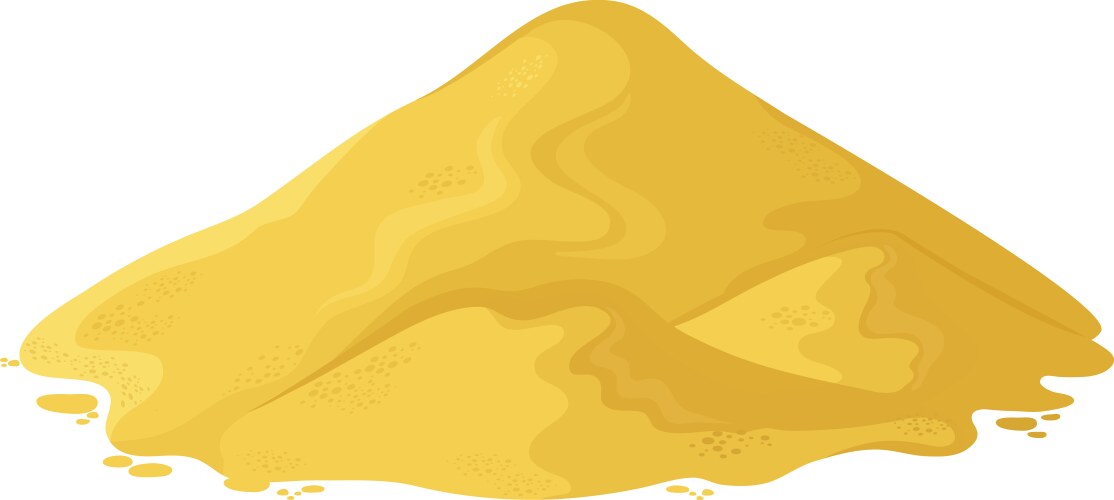When tackling a backfilling project - whether it’s around a foundation, behind a retaining wall, or in a low spot in your yard - picking the right material is key. The wrong choice can cause settling, drainage issues, or even structural problems later. Here’s a simple breakdown of when to use each option.
| ||||||||||||||||||
|

Best for: Drainage and stability
Around foundations: Sand compacts well and allows water to drain away quickly, reducing the risk of water pressure against basement walls.
Under pavers or slabs: Creates a level, stable base that doesn’t shift as easily as soil.
Play areas: Clean, screened sand works well under swing sets or in sandboxes.
Why sand?
It’s free-draining, so water won’t pool. It’s also easy to spread and grade. The downside? It doesn’t hold nutrients for plants, so it’s not great if you’re planning to grow grass or garden directly on top.
Best for: Planting and landscaping finishes
Top layer after fill dirt: Once you’ve raised an area with fill dirt, a few inches of topsoil give you the nutrient-rich layer plants need.
Garden beds and lawns: Ideal for reseeding grass or building up garden areas.
Leveling uneven spots before planting: Gives you a fertile surface to work with.
Why topsoil?
It contains organic matter and nutrients that plants need to grow. However, it’s not suitable for structural backfill because it can hold water and shift over time.

Best for: Raising ground levels and structural support
Filling large holes: Fill dirt is inexpensive and easy to compact.
Backfilling behind retaining walls (when drainage isn’t critical): Provides bulk without the cost of premium materials.
Building up low areas before adding a top layer of soil or gravel: Fills volume efficiently.
Why fill dirt?
It’s made of subsoil with little to no organic matter, so it won’t decompose or settle as much as topsoil. It’s stable, but it doesn’t drain as well as sand - so drainage design matters.
Think about water movement: If you need drainage, lean toward sand or a sand/gravel mix.
Layer smartly: Use fill dirt for bulk, then topsoil for planting areas.
Compact in layers: Every 6–12 inches, compact the material to reduce settling later.
Don’t put topsoil deep underground: It will hold water, attract roots, and rot.
Match material to purpose: Structural support = fill dirt or sand. Growing plants = topsoil.
Using topsoil deep underground – Leads to settling and water retention issues.
Skipping compaction – Causes uneven settling over time.
No drainage planning – Can lead to water pooling or wall damage.
Mixing random materials – Different textures settle at different rates, creating voids.
Sand – Light tan to beige, fine grains that slip through your fingers. Ideal for drainage and leveling bases.
Topsoil – Dark brown to black, loose texture with visible organic matter like tiny roots or bits of decomposed plants. Best for planting and finishing layers.
Fill Dirt – Light brown, clay-heavy soil with occasional small rocks. Great for volume filling and structural support.